How To Implement Agile Modeling In Marketing: Optimize Marketing Campaigns And Team Collaboration

Marketing teams today juggle multiple campaigns, channels, and metrics. Managing these complex workflows requires flexibility and clarity. Agile modeling offers a way to visualize campaign plans and adapt quickly to changing market conditions or feedback.
Agile modeling, an integral part of the Agile methodology, provides a structured approach to visualize and adapt construction project workflows, helping construction teams achieve faster delivery of high-quality results.
This article focuses on how mid-market and enterprise marketing teams can implement Agile modeling to enhance campaign execution and teamwork.
Why Agile Modeling in Marketing is Ideal for Streamlining Campaign Workflows
Marketing projects involve idea generation, content creation, media buying, and performance analysis. Traditional linear approaches can slow response to market shifts or campaign learnings.
Agile modeling breaks down campaign workflows into visual steps that evolve iteratively, supporting real-time adjustments and better coordination among content, design, analytics, and sales teams.
You might also be interested in:👉Guide to Marketing Project Management: Strategies, Software, and Template
Benefits of Agile Modeling in Marketing
Marketing teams can significantly improve their processes through Agile modeling by:
Clear Visual Workflows
Agile modeling helps marketing teams create clear visual workflows by mapping out the entire campaign process. A useful tool for this is the campaign timeline visualization template, which helps organize tasks, milestones, and deadlines in an easily digestible format.
This ensures that every campaign aspect, from ideation to reporting, is accounted for, allowing teams to stay aligned and on track.
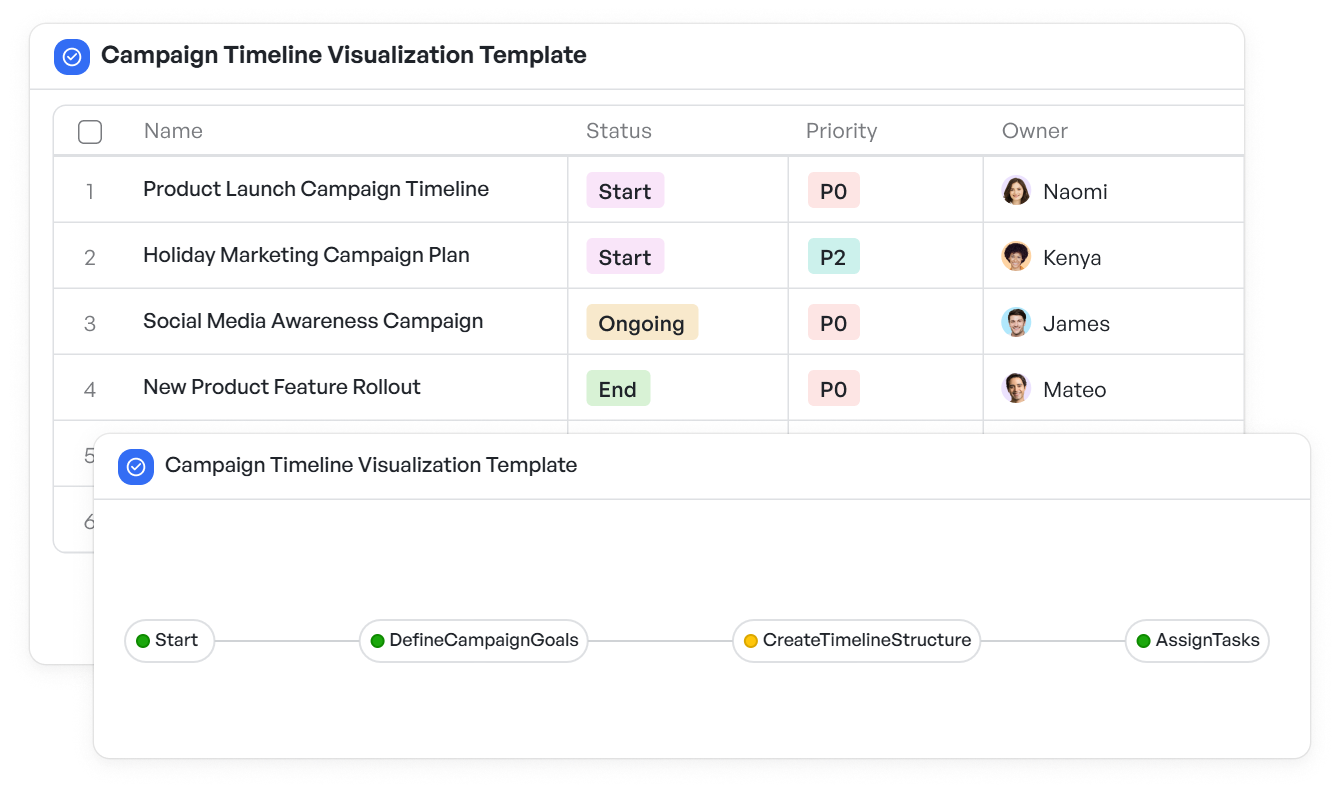 Align feature development with retail milestones using the retail promotion calendar template
Align feature development with retail milestones using the retail promotion calendar templateSuggested Read:👉Tools and Steps for Effective Workflow Design
Enhanced Team Alignment
Foster better coordination across marketing functions by using the retail marketing campaign template.
It helps structure and synchronize the various stages of a campaign and ensures that content, design, analytics, and sales teams work seamlessly together.
 Synchronize campaign stages with the retail marketing campaign template
Synchronize campaign stages with the retail marketing campaign templateQuick Adaptability
The market and customer behaviors can change rapidly, making it essential for marketing teams to adjust tactics quickly. Agile modeling allows for flexibility, where campaign strategies can be adapted based on live performance data or shifting market conditions.
The retail market share analysis template is particularly useful here, as it provides real-time insights into market trends and competitor performance, helping marketing teams pivot quickly and effectively to maintain campaign momentum.
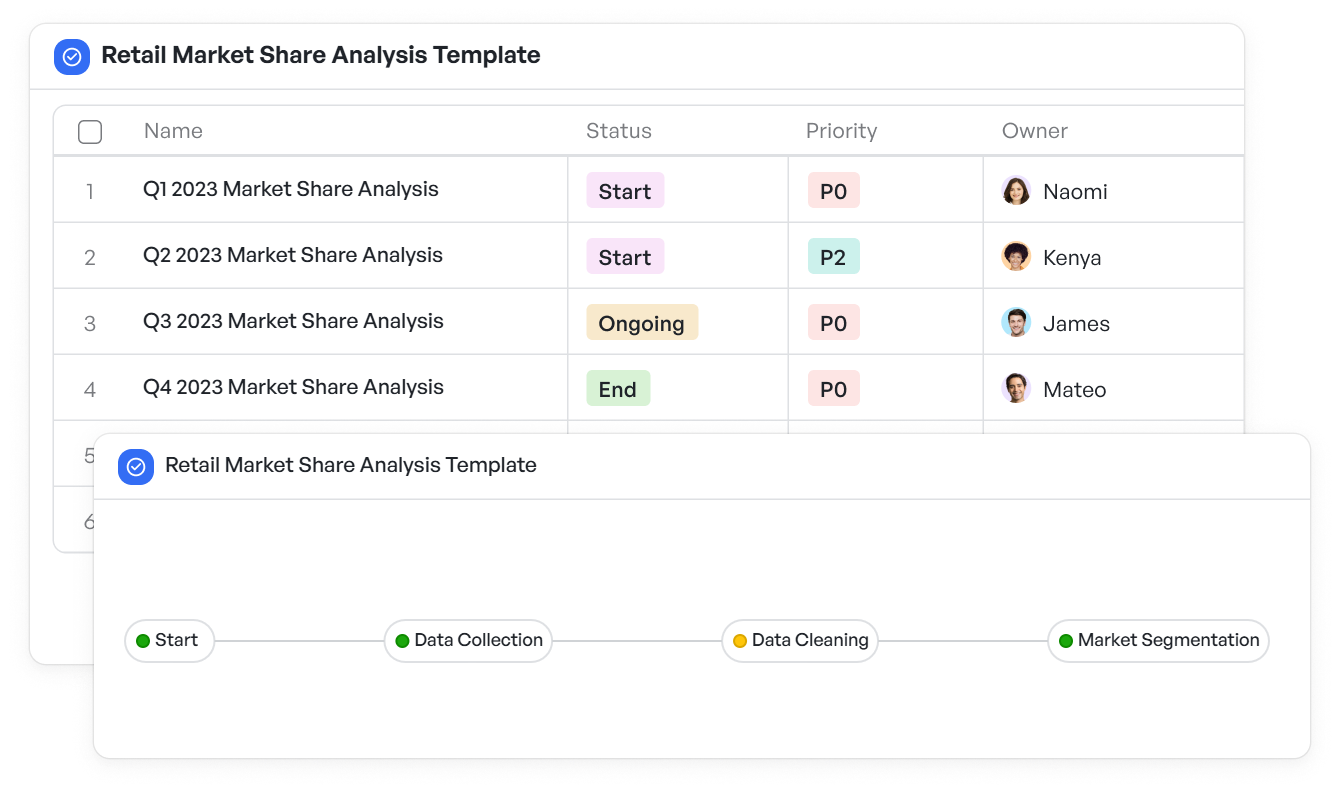 Track market trends and adjust strategies in real-time with the retail market share analysis template
Track market trends and adjust strategies in real-time with the retail market share analysis templateProactive Risk Management
Marketing campaigns often face unforeseen challenges such as resource shortages, bottlenecks, or shifting customer expectations. Agile modeling helps identify potential issues early in the process.
The retail demand planning template can be used to monitor resource allocation and predict demand trends, allowing teams to proactively address any issues before they impact the campaign’s performance. This proactive approach reduces the chances of delays and ensures smoother execution of campaigns.
 Forecast demand and address potential bottlenecks early with the retail demand planning template
Forecast demand and address potential bottlenecks early with the retail demand planning templateSuggested Read:👉Mastering Risk Management in Projects: Strategies and Tools
Continuous Feedback Integration
One of the core principles of Agile is continuous improvement. By incorporating regular feedback from customers, team members, and performance data, marketing teams can continuously refine their campaigns for better results.
The retail customer journey map template plays a critical role in this, as it visually captures customer touchpoints and feedback, enabling teams to make informed adjustments throughout the campaign. This iterative process ensures that marketing strategies remain relevant and impactful.
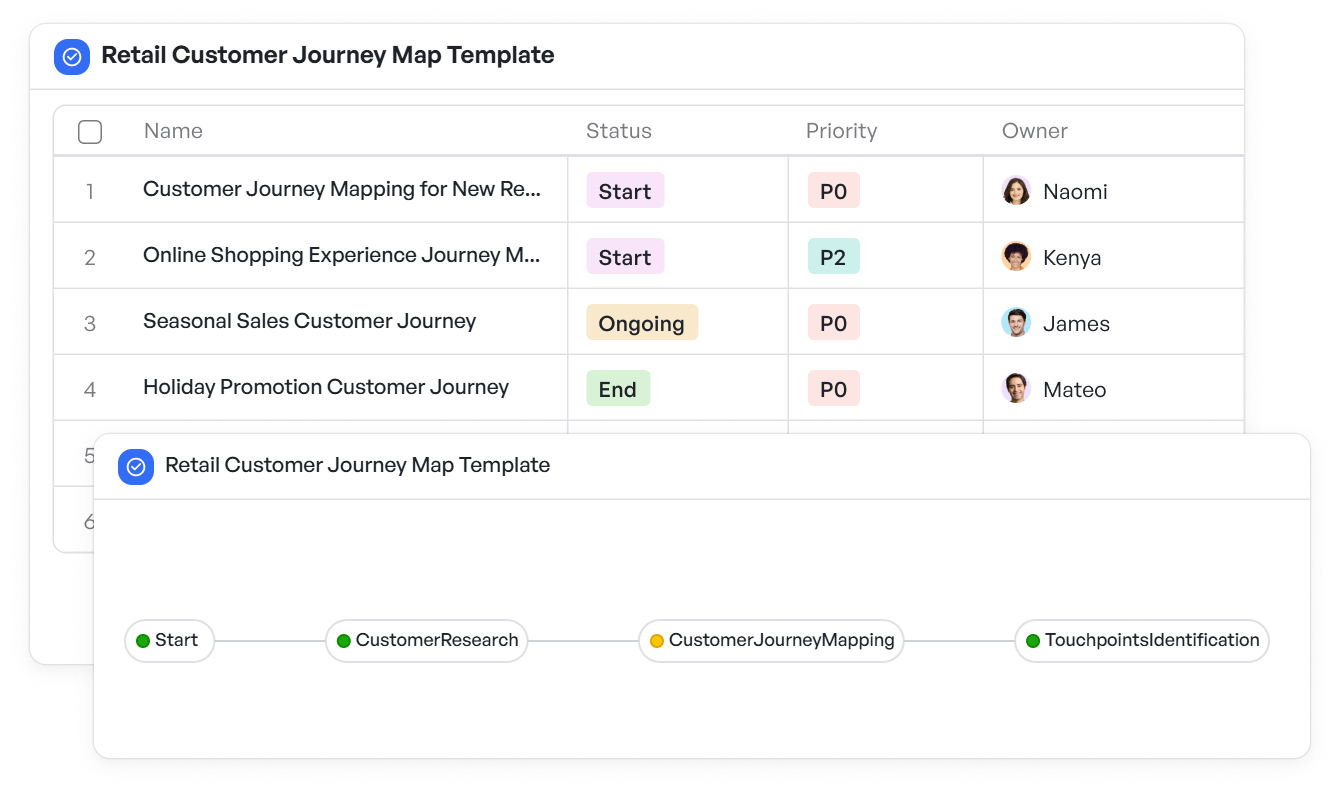 Visualize customer touchpoints and refine campaigns with the retail customer journey map template
Visualize customer touchpoints and refine campaigns with the retail customer journey map templateHow to Apply Agile Modeling in Marketing in 5 Steps
To implement Agile modeling in marketing, teams can break down campaigns into visual workflows, ensuring seamless collaboration, quick adjustments, and continuous improvement.
1. Mapping Existing Campaign Workflows
Visualizing the entire campaign workflow from planning to analysis is a foundational step in implementing Agile modeling. This allows marketing teams to break down campaigns into distinct stages, providing a clear understanding of responsibilities and timelines.
By using the retail customer satisfaction survey template, teams can collect and integrate feedback from target audiences, allowing for early identification of areas for improvement and ensuring that future campaigns are more aligned with customer needs.
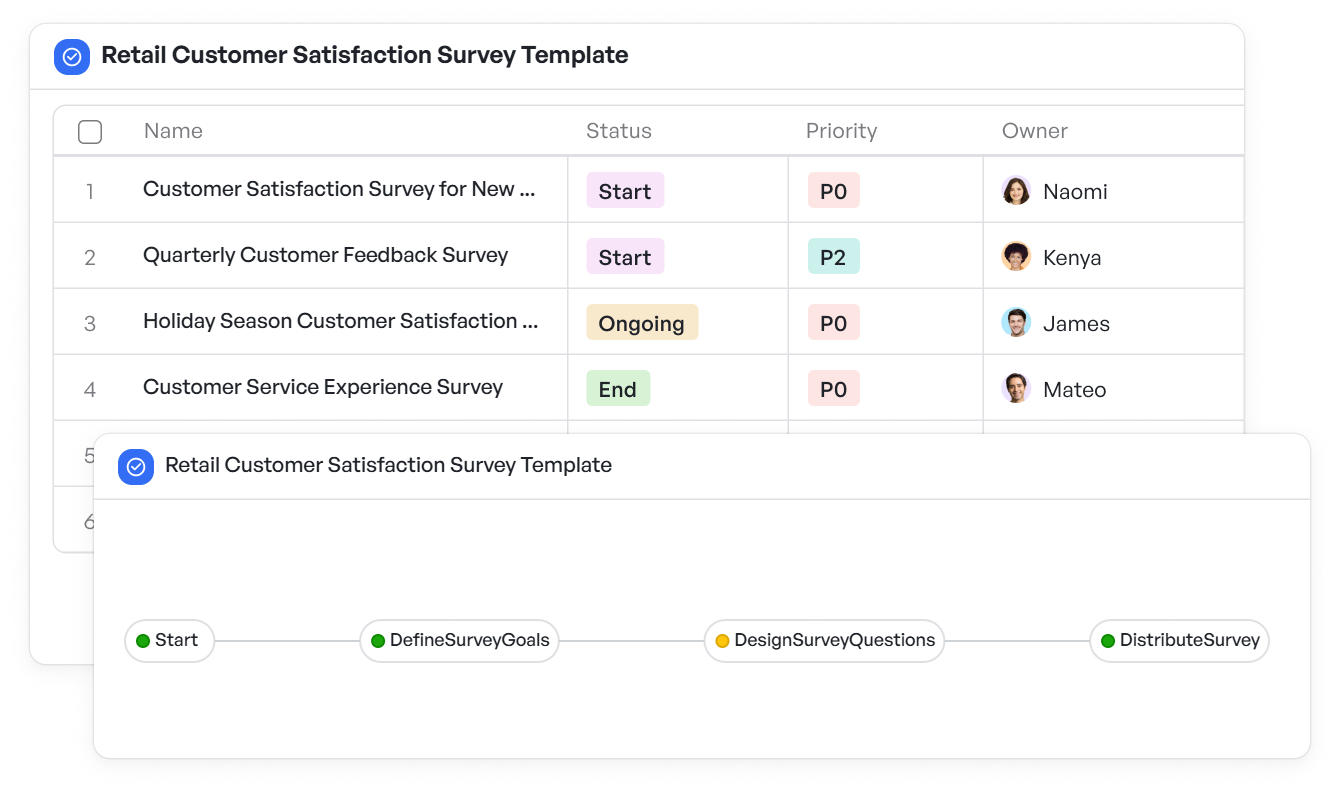 Visualize and organize campaign stages for better clarity and execution with the retail customer satisfaction survey template
Visualize and organize campaign stages for better clarity and execution with the retail customer satisfaction survey template2. Defining Campaign Features and Milestones
Breaking a campaign into manageable and actionable features or deliverables ensures that each component, such as content pieces, ad sets, and email blasts, is clearly defined and achievable.
This approach not only helps teams stay focused on the most critical elements but also aids in tracking progress against set milestones. The product development process template can be utilized here, as it provides a structured framework for setting and monitoring key milestones, making it easier for marketing teams to stay on track and measure success.
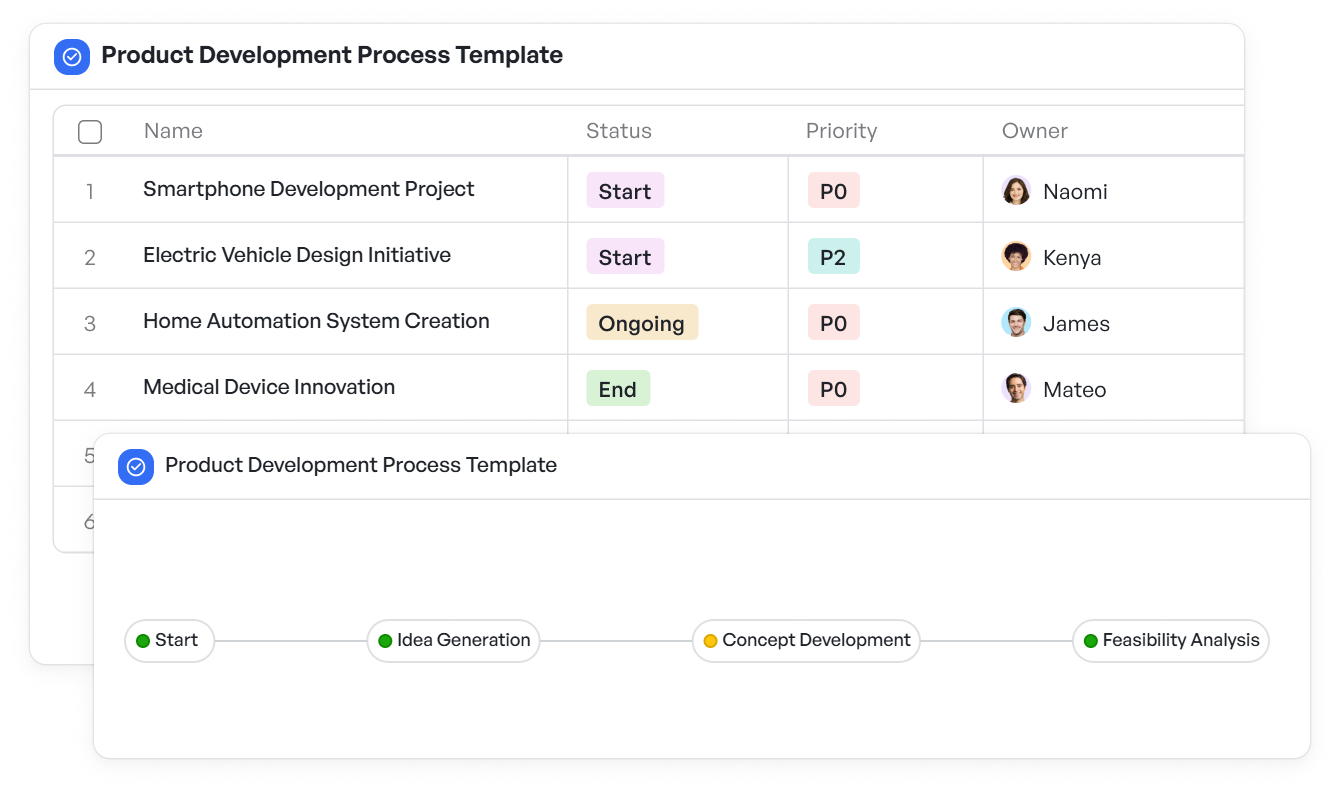 Break campaigns into clear deliverables and track milestones with the product development process template
Break campaigns into clear deliverables and track milestones with the product development process template3. Scheduling Iterative Reviews
Regular reviews and check-ins allow teams to assess the performance of the campaign in real-time and incorporate feedback to improve future tactics. These reviews should be a part of the ongoing process to ensure that the campaign evolves based on actual performance and market feedback.
The retail sales performance template can be used to monitor campaign outcomes and identify key performance indicators (KPIs) that need adjustment during these reviews, ensuring that the campaign remains agile and responsive.
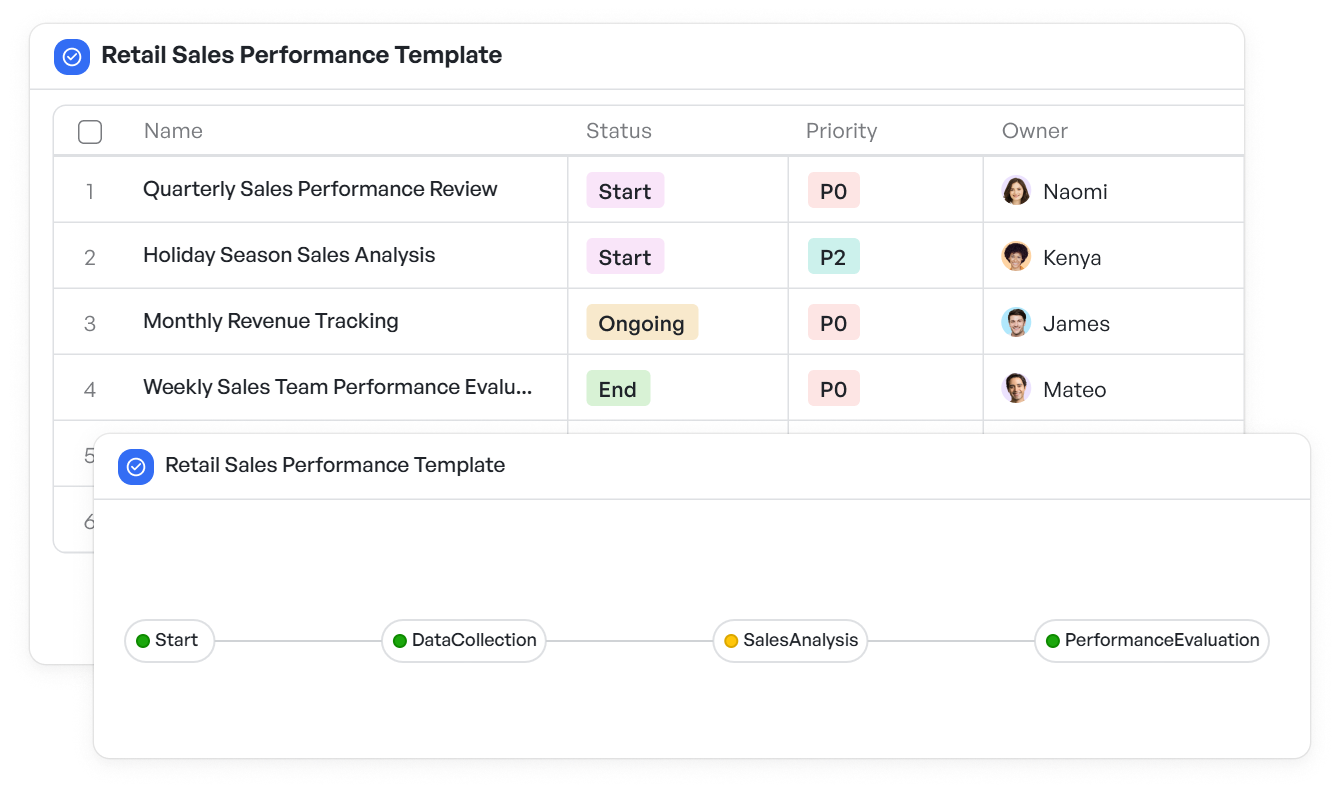 Use real-time performance data to adjust strategies with the retail sales performance template during regular check-ins
Use real-time performance data to adjust strategies with the retail sales performance template during regular check-ins4. Integrating Metrics and Approvals
Agile modeling requires that all key metrics, approvals, and milestones be tracked and integrated into the workflow. This includes budget approvals, creative sign-offs, and performance metrics.
By using the product launch strategy template, marketing teams can establish clear checkpoints that help guide the approval process and ensure that everything stays within budget and on schedule.
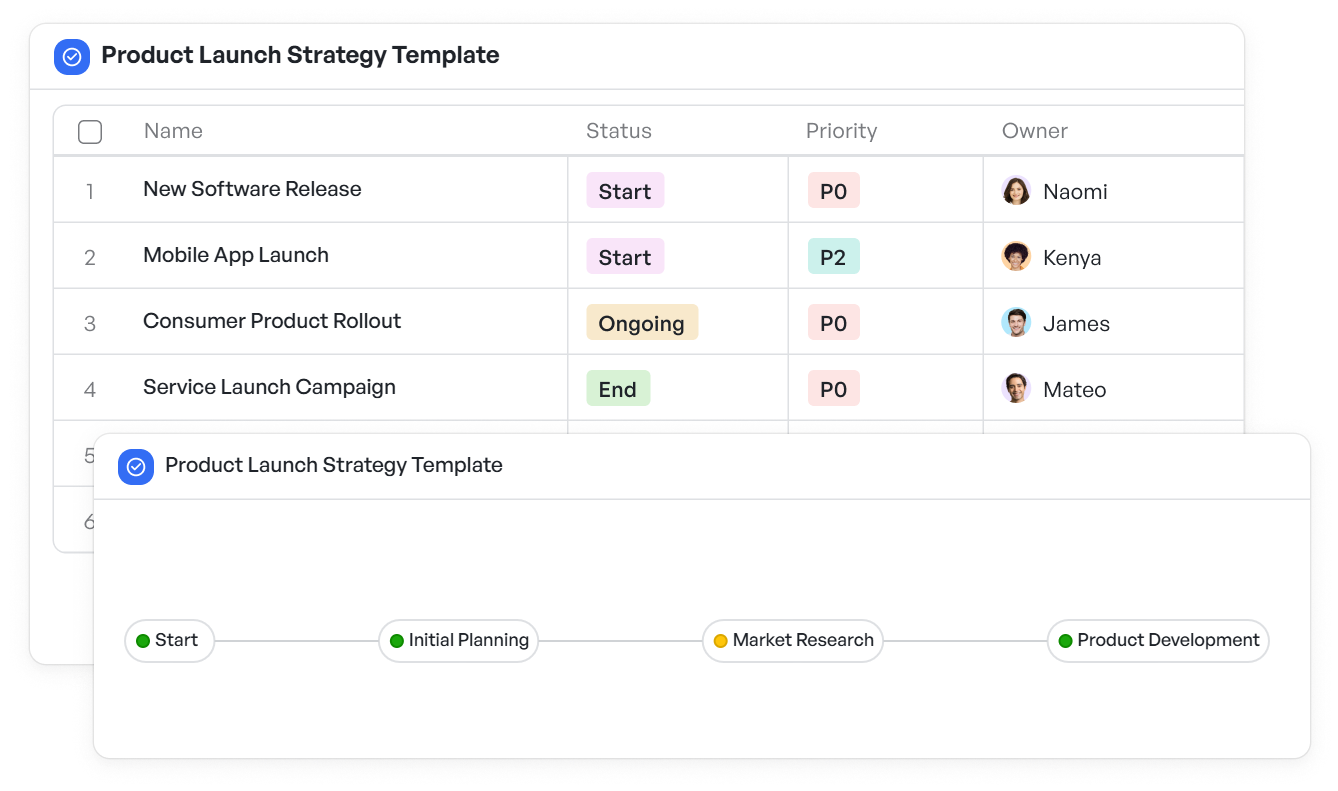 Ensure seamless approvals and budget tracking with the product launch strategy template
Ensure seamless approvals and budget tracking with the product launch strategy template5. Using Collaborative Tools
To support transparency and foster quick communication across marketing functions, collaborative tools must be integrated into the workflow. These tools ensure that all teams—whether they’re content creators, designers, or analysts—have access to the most up-to-date information and can communicate effectively.
You might also be interested in:👉The Future of Team Collaboration and Communication with AI
Agile Modeling in Marketing to Enhance Collaboration and Results
Agile modeling plays a crucial role in improving collaboration across marketing teams by visualizing workflows, which ensures that every team member understands their responsibilities, deadlines, and dependencies.
This level of transparency reduces miscommunication, making it easier for teams to coordinate effectively and stay aligned on campaign goals. With clear visibility into each task’s progress, marketing teams can quickly analyze bottlenecks or areas that require attention, allowing them to address issues before they become major roadblocks.
Moreover, Agile modeling supports real-time adjustments, helping teams respond swiftly to shifting priorities, emerging trends, or campaign performance insights. This adaptability allows marketing teams to optimize campaigns on the fly, maximizing effectiveness while minimizing delays.
By regularly updating workflows and incorporating feedback loops, teams can continuously improve their strategies, ensuring they stay agile and relevant throughout the campaign lifecycle. This iterative approach not only enhances team efficiency but also drives better overall marketing results.
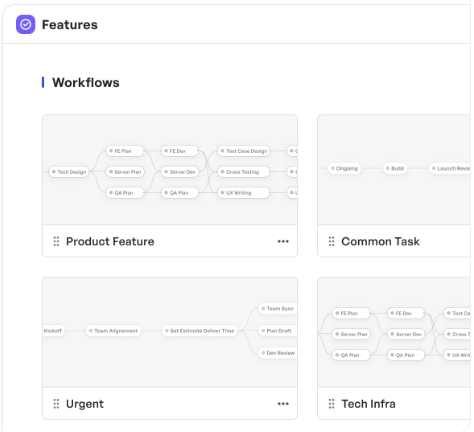 Workflow visualization in Meegle
Workflow visualization in MeegleIncrease Campaign Agility and Team Efficiency
Agile modeling enables marketing teams to adapt quickly, coordinate seamlessly, and improve campaign outcomes through clear visual workflows and iterative planning.
Create, iterate, deliver—Meegle powers agile marketing from the inside out. Get started now.
The world’s #1 visualized project management tool
Powered by the next gen visual workflow engineRead More
Check All BlogsStart creating impactful work today



